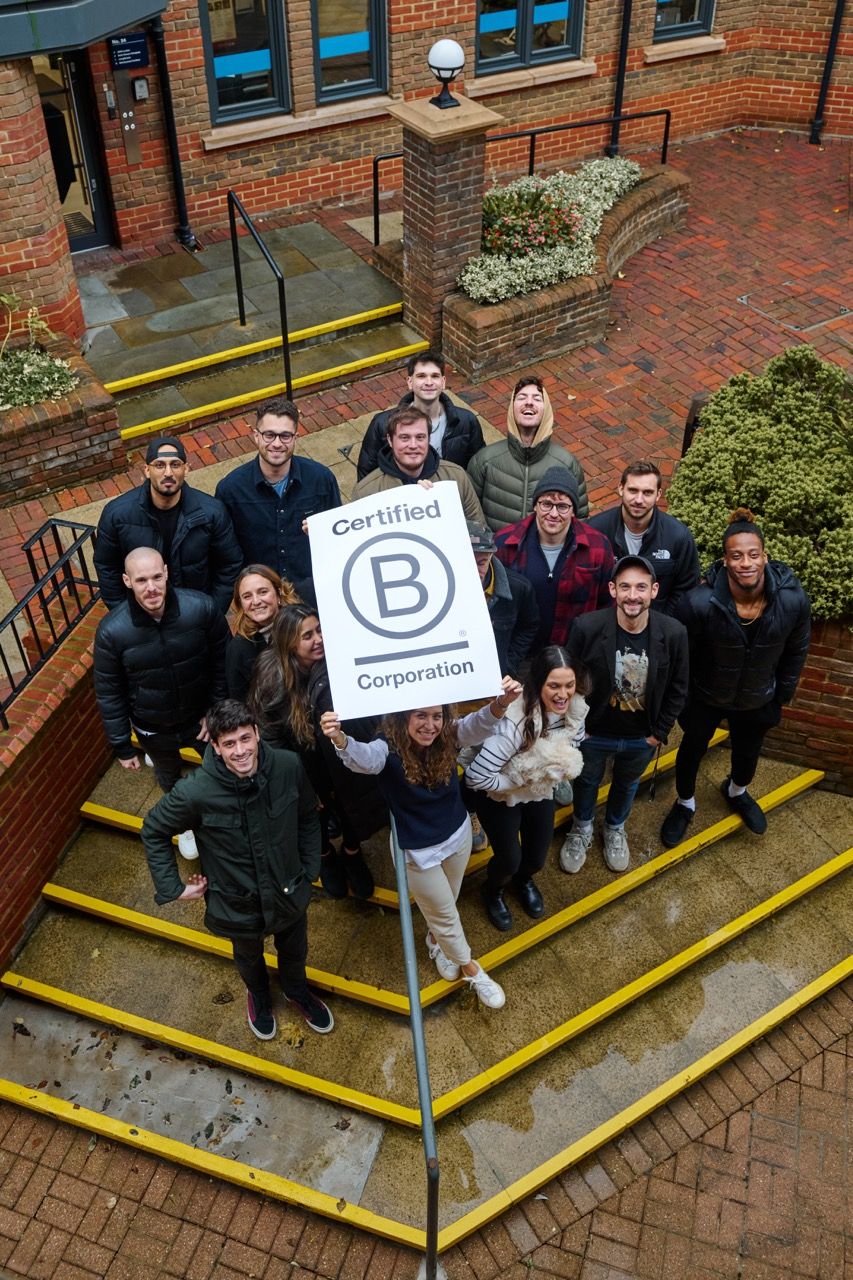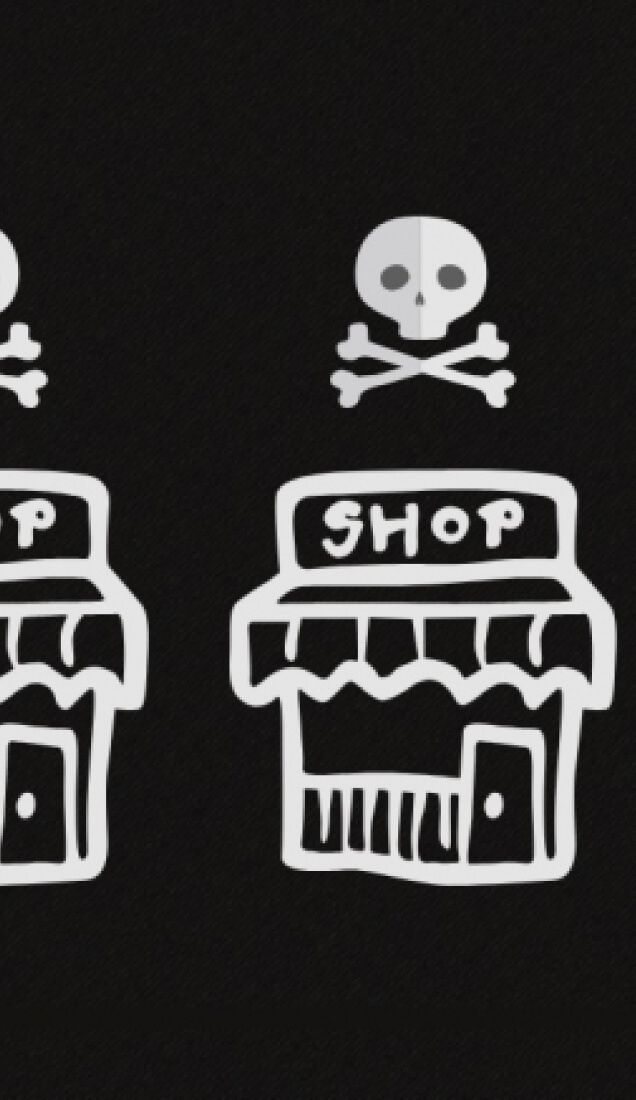Unpacking Community Impact: Business as a Force for Good
March 11, 2024
Community impact falls within the Corporate Social Responsibility (CSR) and Environmental, Social and Governance (ESG) frameworks. Whilst CSR typically refers to a company’s commitment to addressing social and environmental concerns, often through philanthropy, employee volunteering and sustainable practices, ESG encompasses a broader range of criteria. This criteria can include labour standards, supply chain management, diversity, inclusion and corporate governance. Whereas the primary focus of CSR is giving back, ESG incorporates this ethos into financial analysis and decision-making.
Brand purpose matters to consumers, in fact [**54% of those globally**](https://zipdo.co/statistics/corporate-social-responsibility/) consider a company’s CSR practices when making a purchase. However, according to [**PayPal**](https://www.paypalobjects.com/marketing/web/gb/en/enterprise/campaigns/think-forward/2022/PayPal_Think_Forward_Conscious_Commerce_UK.pdf), 71% of global consumers have little faith that brands will actually deliver on their promises. As such, it’s not only transparency that’s important when building brand trust but demonstrable action. This is where community impact and initiatives come in, providing a real and tangible way for brand’s to show commitment to social responsibility. The B Corp Hilltop Honey, for example, has been running the [**Hilltop Community Fund**](https://lovehilltop.com/pages/community-fund) for the past three years. The fund was created to give back to the community in which Hilltop has received so much support, serving as a shared fund for local initiatives aimed at improving the social and environmental landscape of Newton and the surrounding areas. Last year the fund supported a number of projects, including the build of a sensory garden that would allow children, especially those with additional learning needs, to explore and learn through the senses.
Community impact does not only refer to local communities but encompasses aid provided to those further afield. [**Pala Eyewear**](https://palaeyewear.com/change-in-africa/), for example, has built community impact into its business model, making a donation to eye-care programmes across Africa for every pair of sunglasses sold. This is achieved through grants provided to vision centres, dispensaries, training programmes and the brand’s charity partner Vision Action. To date, more than 11,000 individuals with impaired vision have had their lives positively changed through receipt of a pair of prescription glasses or corrective surgery. Meal kit retailer [**Mindful Chef**](https://www.mindfulchef.com/b-corp) is another B Corp with built in business-for-good. For every meal purchased, a school meal is provided to a child living in poverty through the brand’s charity partner One Feeds Two; and since partnering with the charity in 2017, over 17 million meals have been donated. These brands are both excellent examples of how to align impact and product offering. Deloitte’s [**Conscious Consumer report**](https://www2.deloitte.com/content/dam/Deloitte/nl/Documents/deloitte-nl-consumer-conscious-consumerism-report-finaal.pdf) shows 63% of consumers to quote price as the greatest barrier when making ethical purchasing decisions. However, by incorporating community initiatives into your brand strategy or business model, you empower consumers to give back simply by making a purchase.
Taking community impact one step further are those who have built a brand upon it. The pair behind [**Brewgooder**](https://www.brewgooder.com/pages/timeline), for example, endeavoured to create a beer brand that was ‘brewed on purpose,’ allowing drinkers to make a positive difference with every pint, which initially took the form of funding for clean water projects. Alongside its impact in communities overseas, the brand strives to empower local communities through causes that align with its values and identity, such as the funding of a Brewing & Distilling scholarship for BAME students.
CSR and ESG commitments are driving both consumer engagement and loyalty. According to Mintel’s 2024 [**Global Consumer Trends report**](https://insights.mintel.com/rs/193-JGD-439/images/Mintel_2024_Global_Consumer_Trends_English.pdf?mkt_tok=MTkzLUpHRC00MzkAAAGPuzHpdt90_082JTAJCi7YNUnCIkbZhvyTYJ4c2DzBqE1xyLSSYLFs-X9owpyW5hk8TE1iUOwHa59GlPazrFhqJfHv-BJCJzwKotRX8tHtEB7o), more consumers are affiliating themselves with brands that represent their values and are consequently abandoning those that don’t. This is reflected in [**PWC research**](https://www.pwc.com/us/en/services/consulting/library/consumer-intelligence-series/consumer-and-employee-esg-expectations.html) that shows 76% of consumers have stated they are more likely to buy from a company that stands for social causes. This not only applies to consumer engagement but to that of employees, with 83% stating they are more likely to work for a company that stands for social causes. However, business standpoints aside, the driving force behind community impact should really be leveraging business as a force for good wherever possible. As B Corp put it, it’s on us to be the change.








